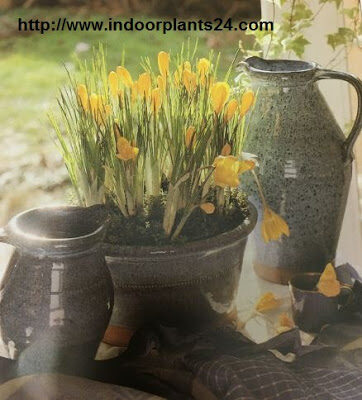

In addition to the gardening journal pages listed above, I like label, bundle and draw to help track my garden progress. (Or you can plant thickly to compensate and hope for the best.) More Easy Garden Record Keeping Tips

If germination rates suddenly drop off or time to first seedling emerges increases noticeably, it’s probably time for new seed. I find this handy for monitoring older seed. The Seed Purchase Log helps you track you seed orders, listing the variety, seed company, catalog number, purchase date, number of packets, price and seeds per packet.įinally, the Planting and Germination Record includes: When you enter your frost dates, these calendars adjust to your area. The Customizable Seed Sowing Schedule is for outdoor seed sowing based on last and first frosts of the season. The Seed Starting and Transplanting Calendar is for indoor seed sowing. The chart assumes garden beds that are 3-4 feet across. There will be some variation depending on the plant varieties you choose (some plants grow intentionally smaller to make them better suited for container growing).

The Plant Spacing Chart shows the minimum distance between plants in a row and between rows. If you’d like to get an overview of these sheets, you can visit … The Seed Germination After Storage shows the expected percent germination of seeds after storage, along with best temperature for germination and days to germination. Your results may vary (I’ve had tomato seeds in storage for 10 years that were still good), but it’ll give you an idea if your leftover seed is still good. The Seed Longevity Chart shows how long garden seeds are likely to remain viable when stored in cool, dry conditions. How to Use the Common Sense Home Garden Planning Kit You'll also get regular updates throughout the year with gardening and food preservation tips in our weekly newsletter, and the opportunity to share your ideas for upcoming gardening courses.


 0 kommentar(er)
0 kommentar(er)
